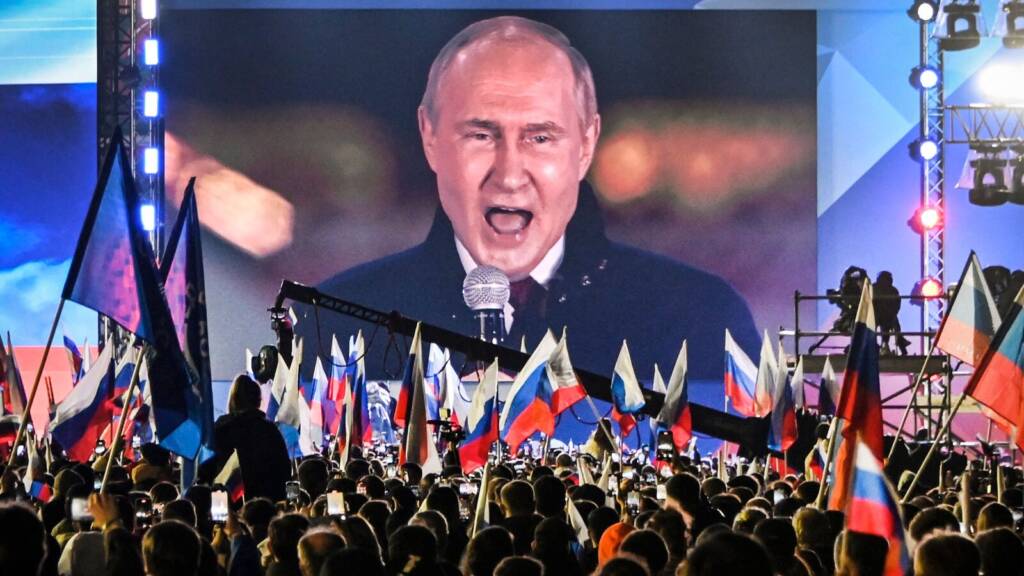Recent reports from the United States indicate that Russia’s military advance on Kharkiv has stalled, following a significant policy shift. The United States has partially authorized Ukraine to use American-provided weapons to strike targets inside Russia. This update was shared by Jake Sullivan, the White House national security adviser, during an interview on CBS’ “Face the Nation.”
“Kharkiv remains under threat,” Sullivan stated, “but the Russians have not made significant progress on the ground in recent days.” This development comes after the U.S. decided to allow Ukraine the use of some of its weaponry to defend the Kharkiv region, which borders Russia. Previously, there were concerns that such actions might escalate the conflict, potentially drawing NATO into direct confrontation with Russia.
According to Sullivan, the decision was logical from the president’s perspective. He emphasized that Ukrainians should have the ability to target Russian encampments and weapons systems that are attacking them. This stance has been echoed by NATO allies, including France and Germany, who have also permitted Ukraine to utilize Western-provided arms for defensive actions in the Kharkiv region.
However, the Kremlin had issued stern warnings. It had suggested that this decision could broaden the conflict in Europe, potentially involving Western allies in a direct clash with Russia. Russian President Vladimir Putin had further cautioned that such actions could lead him to deploy similar Russian weapons in countries within striking distance of the U.S. or its European allies.
Kiev did a complete 360 degrees, however. From Kiev, reports emerged of intensified Russian military activity. On June 10, Russian forces launched three glide bombs at Kharkiv, according to local authorities. This assault is part of a recent uptick in attacks on Ukraine’s second-largest city, which includes the use of missiles, glide bombs, and drones. These strikes have targeted and severely damaged critical energy infrastructure.
Kharkiv Oblast Governor Oleh Syniehubov reported that the Russian military conducted this strike at approximately 5:35 p.m. local time. The focus has been notably on the loss of civilian lives, drawing parallels to the tactics seen in Gaza, where civilian casualties often generate international sympathy and financial aid.
So what is the reality on the ground?
In essence, the situation remains tilted heavily towards Russian side. Russia has effectively encircled Kharkiv, achieving its stated objective of stretching Ukraine’s defenses thin and safeguarding the Russian region of Belgorod, which has been heavily shelled by Ukrainian forces. As far as taking cities is concerned, Russian forces are making significant progress towards capturing the strategic town of Chasiv Yar.
Chasiv Yar, situated on elevated terrain about 20 kilometers west of Bakhmut, is seen as a potential staging ground for further Russian advances on key Ukrainian cities like Kramatorsk and Sloviansk. Both sides of the conflict view this town as crucial for future operations.
So why did the US lie?
The United States’ portrayal of the situation as a stalled Russian advance does not align with the on-ground realities. Russian forces are gaining ground, and Ukraine faces significant challenges despite receiving substantial aid from the U.S. and the presence of NATO troops.
This discrepancy lays bare the motivations behind the U.S. narrative. It is a strategic move to maintain public and international image of normalcy or even supremacy, amidst a challenging battlefield reality. Kiev’s reports were solely focussed on the civilian impact of Russian strikes much like the way Gaza reports its casualties. Kiev reports attacks to keep the funds flowing to the country. This time it ended up exposing its biggest paymaster.
